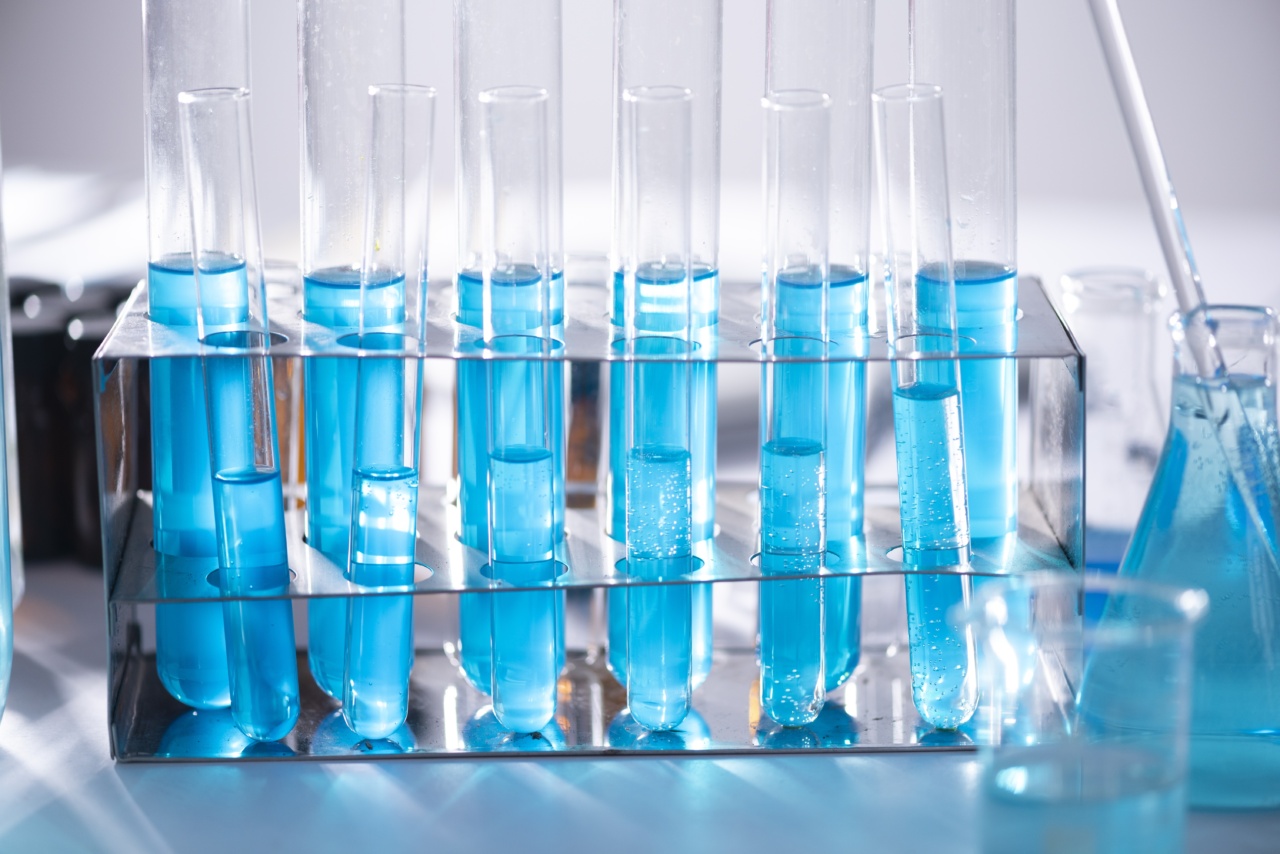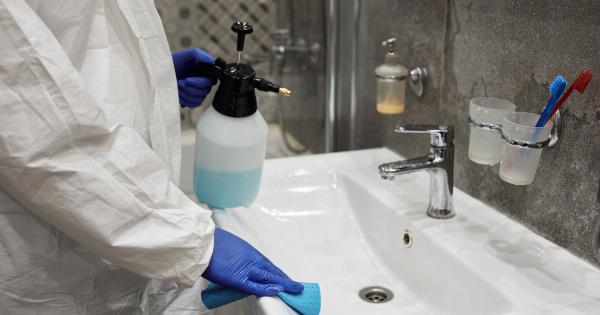Welcome to Bottle Sterilization 101, a beginner’s guide that will teach you all you need to know about effectively sterilizing your baby’s bottles.
As a new parent, ensuring that your little one’s feeding equipment is properly sterilized is crucial to protect their fragile immune system. In this comprehensive guide, we will discuss the different methods of bottle sterilization, recommended products, safety tips, and answer some commonly asked questions. Let’s dive in!.
1. Why is bottle sterilization important?
Before we delve into the methods, let’s understand why bottle sterilization is vital. Babies have an underdeveloped immune system, making them susceptible to infections.
By sterilizing their feeding equipment, you eliminate harmful bacteria and other microorganisms that can cause illnesses like gastroenteritis, thrush, or respiratory infections.
2. Methods of bottle sterilization
There are several effective methods to sterilize your baby’s bottles:.
a) Boiling
Boiling is a reliable and cost-effective method. Place washed bottles, nipples, and other parts in a large pot filled with water. Bring it to a rolling boil for at least five minutes.
Remove the items with clean tongs and let them air dry on a clean towel or rack.
b) Steam Sterilizers
Steam sterilizers, also known as electric sterilizers, use hot steam to kill bacteria. These devices are quick, convenient, and come in various sizes to accommodate different bottle sizes.
Follow the manufacturer’s instructions for recommended water levels and operating time.
c) Microwave Sterilization
Microwave sterilizers offer a time-efficient solution. After washing the bottles, place them in the sterilizer with the recommended amount of water. Follow the manufacturer’s instructions carefully to prevent any accidents or damage to the bottles.
d) Cold Water Sterilization
Cold water sterilization involves using a special sterilizing solution or tablet that is added to water. Immerse the bottles and accessories in the solution for the recommended time. Remember to change the solution every 24 hours.
This method is useful when traveling or if you don’t have access to boiling facilities.
3. Recommended products for bottle sterilization
Here are some popular products that parents swear by:.
a) Electric Steam Sterilizers
Popular brands like Philips Avent, Tommee Tippee, and Dr. Brown’s offer electric steam sterilizers that efficiently kill bacteria. These sterilizers are easy to use and can sterilize multiple bottles at once.
b) Microwave Sterilizer Bags
Microwave sterilizer bags, such as Medela Quick Clean Micro-Steam Bags or Munchkin Latch Sterilize Bags, provide a simple and portable option. They are reusable and can be convenient for sterilizing on-the-go.
c) Sterilizing Tablets
Brands like Milton and Steri-Bottle offer sterilizing tablets that effectively disinfect baby bottles and teats. These tablets are especially handy when traveling, camping, or when access to hot water is limited.
4. Safety tips for bottle sterilization
While sterilizing your baby’s bottles, it’s essential to keep these safety tips in mind:.
a) Follow the manufacturer’s instructions
Always read and follow the instructions provided by the bottle and sterilizer manufacturers. Overlooking important details can lead to inadequate sterilization or damage to equipment.
b) Clean your hands
Prior to handling sterilized bottles, wash your hands thoroughly with soap and water to prevent contamination.
c) Use clean surfaces
Ensure that the surface where you place sterilized bottles is clean and free from contaminants. Avoid using utensils or towels that may reintroduce bacteria.
d) Check for damage
Regularly check your baby’s bottles for any signs of wear or damage. Replace any bottles that are cracked, discolored, or have loose parts to ensure your baby’s safety.
e) Cool down properly
Allow bottles to cool down before handling them or placing them in the refrigerator to avoid burns or premature warping of the plastic.
5. Frequently asked questions
Let’s address some commonly asked questions about bottle sterilization:.
a) How often should I sterilize my baby’s bottles?
It is recommended to sterilize your baby’s bottles, nipples, and accessories until they reach around 1 year of age.
After that, regular washing with hot, soapy water is sufficient, unless your baby has a weakened immune system or there is an outbreak of infections.
b) Can I use the dishwasher instead of sterilizing?
Using a dishwasher alone may not effectively sterilize the bottles. However, some dishwashers offer a high-temperature sanitizing cycle that can be used in combination with regular washing. Check the dishwasher’s manual for specific instructions.
c) Should I sterilize second-hand bottles?
If using second-hand bottles, it is essential to thoroughly clean and sterilize them. Boil the bottles in water for at least five minutes or use an alternative sterilization method to ensure they are safe for your baby.
d) Is sterilizing necessary for breastfeeding moms?
Even if you are a breastfeeding mom, it is still important to sterilize bottles, nipples, and accessories that come in contact with breast milk to minimize the risk of contamination.
e) Can I sterilize other feeding equipment?
Yes, feeding equipment such as breast pump parts, pacifiers, and teethers should also be sterilized regularly to maintain good hygiene and prevent the spread of germs.































